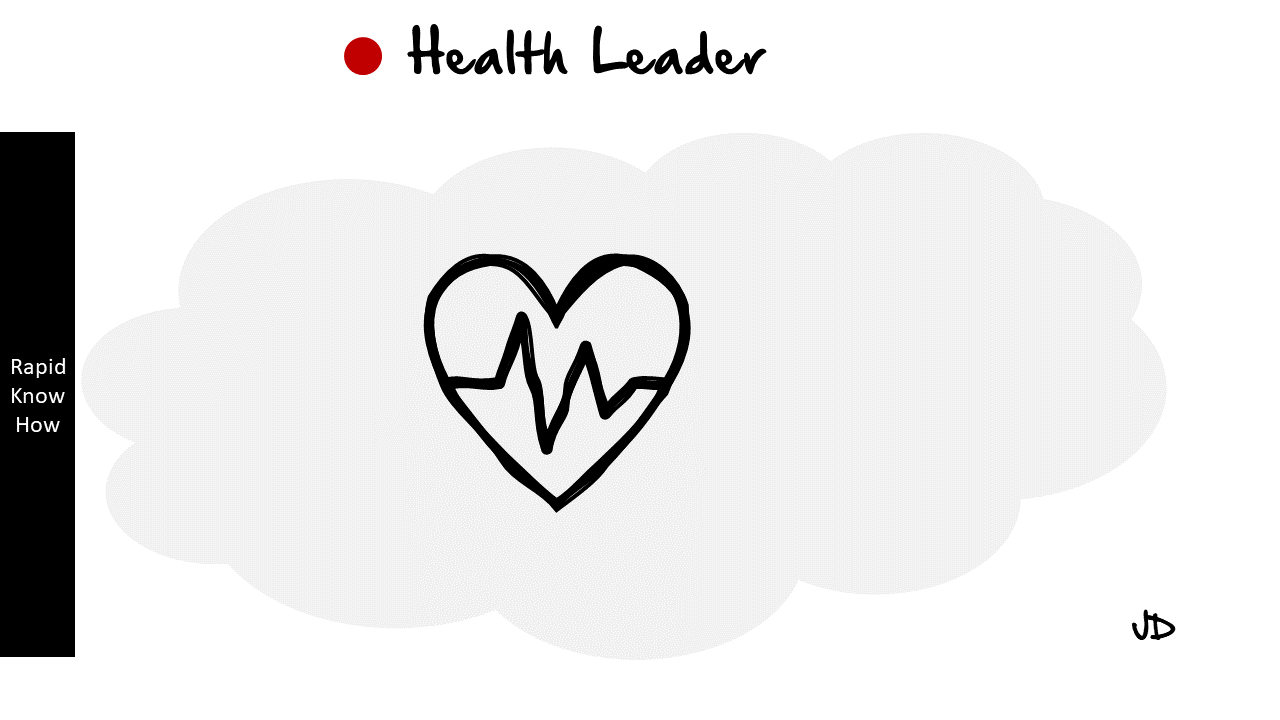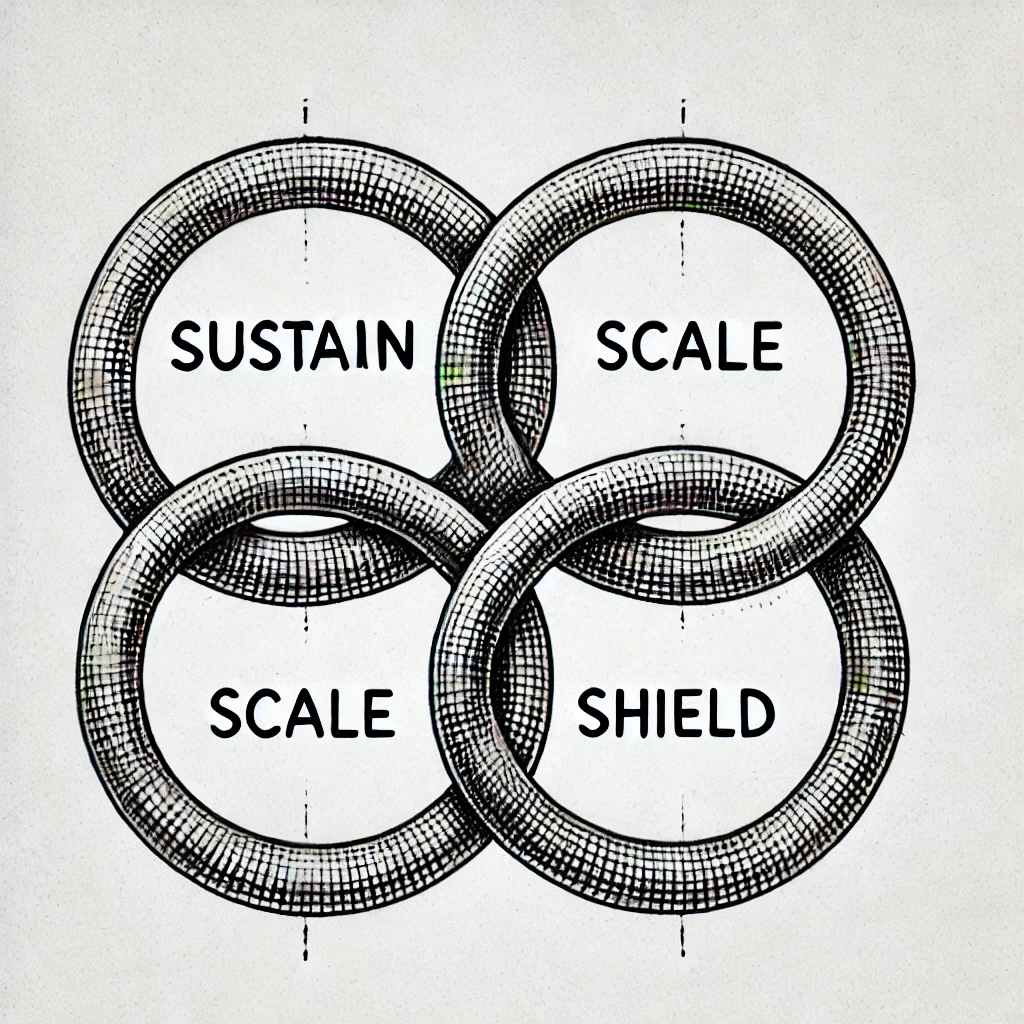In healthcare, clear and concise communication is vital for several reasons. Firstly, it ensures that patients understand their health conditions and treatment options, enabling them to make informed decisions about their care. Secondly, it facilitates effective collaboration among healthcare professionals, ensuring that everyone involved in a patient’s care has the same understanding of the patient’s condition and treatment plan. Lastly, it helps to build trust between patients and healthcare providers, which is crucial for a positive patient experience.
Here are 15 examples of how clear and concise communication can be applied in health:
1. Patient Education: Explaining complex medical terms in simple language that patients can understand.
2. Medical History: Asking precise questions to gather accurate information about a patient’s medical history.
3. Diagnosis Explanation: Clearly explaining a diagnosis to a patient without using jargon or overly technical language.
4. Treatment Plan: Providing a detailed yet straightforward explanation of a treatment plan, including what it involves, its benefits and risks.
5. Medication Instructions: Giving clear instructions on how to take medication, including dosage, frequency, and potential side effects.
6. Post-operative Care Instructions: Providing clear instructions on post-operative care to ensure proper healing and recovery.
7.Emergency Situations: Communicating effectively during emergencies to ensure everyone understands their roles and responsibilities.
8. Team Communication: Sharing information with other members of the healthcare team in a clear and concise manner.
9. Patient Consent: Explaining procedures or treatments before obtaining informed consent from patients.
10. Family Communication: Communicating with family members about a patient’s condition and treatment plan.
11. End-of-life Discussions: Having clear and compassionate conversations about end-of-life care options.
12. Telemedicine: Communicating effectively via telemedicine platforms, ensuring that patients understand their care even when not in a face-to-face setting.
13. Health Promotion: Providing clear and concise health education to promote healthy behaviours.
14. Research Communication: Presenting research findings in a way that is easy for non-scientific audiences to understand.
15. Policy Communication: Communicating health policies and guidelines to staff members in a clear and concise manner.
In conclusion, clear and concise communication is a fundamental skill in healthcare. It ensures that patients are well-informed about their health conditions and treatment options, promotes effective collaboration among healthcare professionals, and builds trust between patients and healthcare providers.
The next steps for healthcare professionals would be to continuously improve their communication skills through training and practice. This could involve participating in communication workshops or courses, seeking feedback from colleagues or patients, or even practicing with role-play scenarios. Remember, effective communication is not just about speaking clearly; it’s also about listening actively, empathising with patients, and responding to their concerns in a respectful and understanding manner.
In the ever-evolving field of healthcare, where new treatments and technologies are constantly being introduced, the importance of clear and concise communication cannot be overstated. It is a skill that every healthcare professional should strive to master for the benefit of their patients and their profession.





